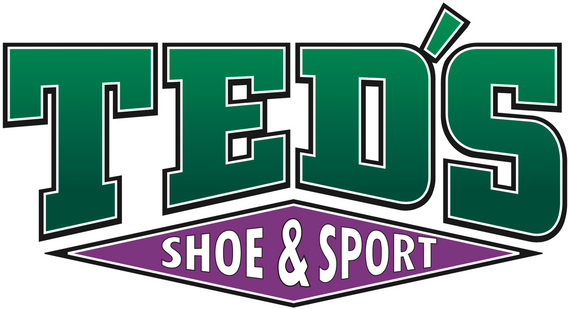Um, Every Six Months, Really? Yes, Really.
As a general rule, most running shoes will provide cushioning up to 500 miles, though many runners report a breakdown in cushioning after as few as 350 miles. If you run around 15 miles a week, you’ll cross that threshold before six months.
Technical Geek Out: Shoes with compression molded EVA midsoles can vary in durometer or density from the moment they come off the factory line. This means that the relative cushioning properties and life span of each midsole can vary from shoe to shoe. Most shoes with polyurethane midsoles will break down at a slower rate keeping their “feel” for a longer period of time.
Here’s how to tell if your shoes are dead.
Try the press test. When an EVA midsole is compressed, it creates visible lines or wrinkles in the midsole material that you can see from the sidewall of the shoe. When these lines first appear it means that the midsole is compressing normally. As the midsole is further compressed, the compression lines increase and get closer together.
A simple pressure test can determine if your midsole is compacted. Using the broad part of your thumb, push on the outsole, upward into the midsole. It should be easy to see the midsole compress into these lines.
As the shoe breaks down, the midsole will compress less, with the same amount of pressure applied. When the midsole shows heavy compression lines and the press-test reveals a minimum amount or “lack” of compression, you can be sure that the midsole of the shoe has been compacted to a point where little to no cushioning remains.
Rotate your shoes. Most runners have their own way of telling when their shoes are broken down, most of which have to do with aches and pains in the specific areas of their legs, knees and hips. To avoid injuries and other problems, it’s a good idea to rotate your shoes every 250 miles so that you have 2 pairs of shoes to wear at all times.
The first pair should be the newest pair, the one that you will wear on the majority of your runs, especially the longer runs. The second, the older pair should be used for shorter runs and inclement weather days, when you want to keep your new shoes clean.
Wear the second pair until you have compressed the midsole, and then retire them for gardening shoes. Once this occurs, the first becomes the second pair and it’s time to get a new first pair. (Yay!) If you use two pairs of shoes of the same model, be sure to mark them with some easy to identify reference mark, so that you don’t confuse the older pair with the newer pair.
Donate used shoes. If you have an abundance of excess running shoes that you won’t ever wear, come on down! We have a recycling program at the store, organized by Ecosmith Recyclers. They are a sustainable, locally owned, for-profit family textile recycling business serving New Hampshire, Massachusetts and Maine since 1991.

